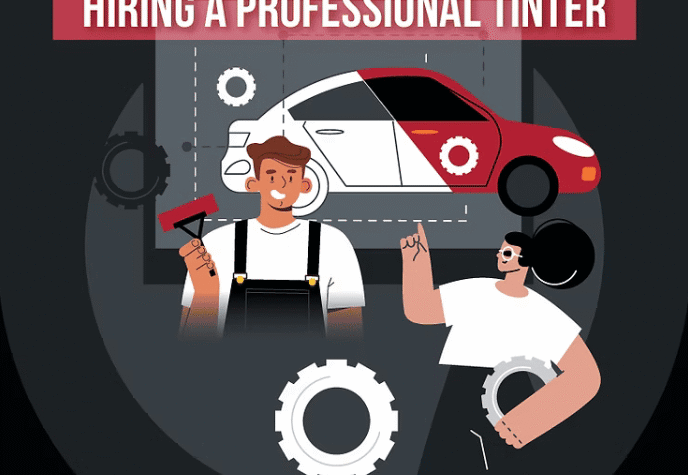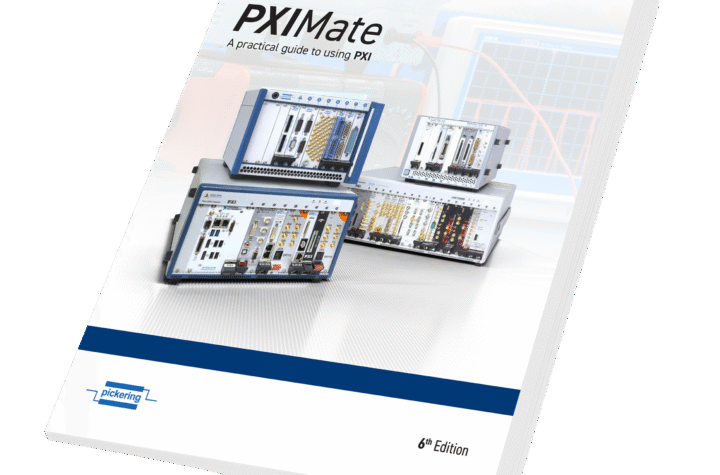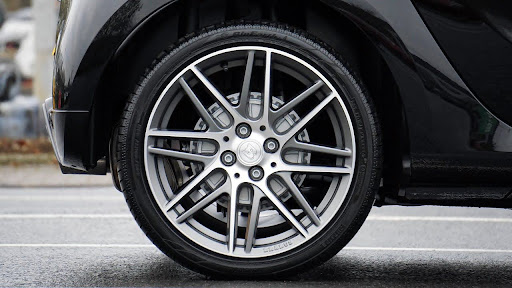
 | “We like to get very specialized and provide as many market basket products in HVAC as we possibly can.” |
It may be surprising to find this company among Automotive Industries Top 10 Suppliers. Admired for its prowess in hydraulics and pneumatics, the company’s automotive profile is somewhat narrow including HVAC components and systems, sealing products and, through the Racor Division, strong capability in diesel engine filters. But our readers find Parker extremely competent in what they do and how they execute.
“Our strength lies in our specialization,” believes Dave Rudyk, vice president of automotive sales and marketing. “We like to get very specialized and provide as many market basket products in HVAC as we possible can. We’d like to sub-assemble them to get more value added if possible. But I don’t see us branching out tremendously beyond HVAC and sealing technology.”
Parker Hannifin moved to a low-cost production philosophy beginning about ten year ago. When building a production base in Mexico or the Czech Republic or Poland, Parker starts with what it calls incubators. An invitation goes out to 70 some divisions of Parker asking if they want to participate and the units that want in commit to a certain amount of floor space. The infrastructure is supported by the corporation and that gets it started. When crucial mass is achieved, the unit typically moves on to a dedicated facility.
Parker has had a very decentralized business approach since the 1970s and Rudyk says this makes them very market reactive. “Though production may be remote,” Rudyk says, “we still have to do the application support. “In many cases we have both application engineers and design people on site at the customer base. Not only does the customer like that participation, we like that participation. It helps immensely if we get involved early to make a part that’s manufacturable, that has some cost enhancements as a more competitive part.” How is the business changing?
“As recently as five years ago our business was 90 percent direct to the OEM,” says Rudyk. “Now it is 50-50 OEM versus Tier 1. This is challenging because Tier 1s are often vertically integrated and we bump up against people who do the same things we do. Still, we are holding our own and have some good opportunities. We have to stay sharp and continue to earn the business.”












More Stories
What You Need to Know About Tire Pressure in Winter vs Summer
Essential Features to Look for in ADAS Calibration Systems
Your Guide to Filing a Car Accident Claim